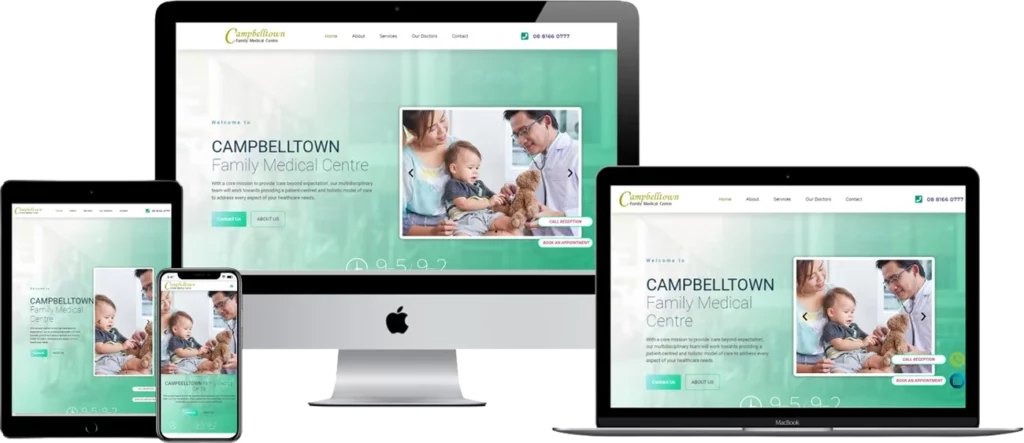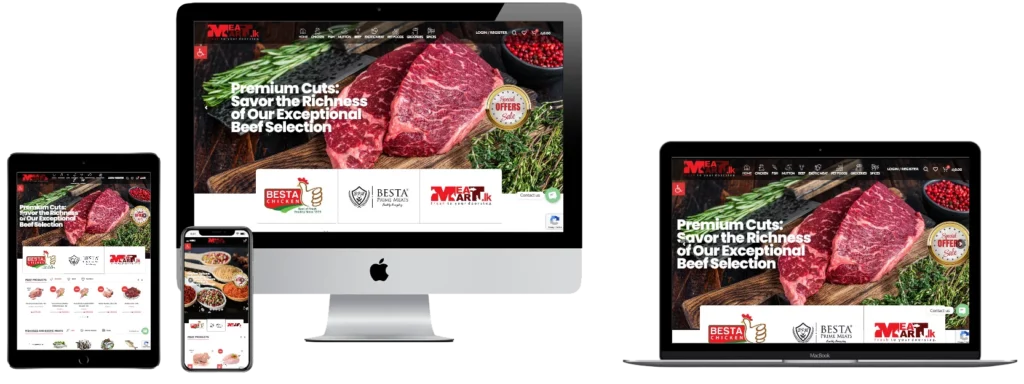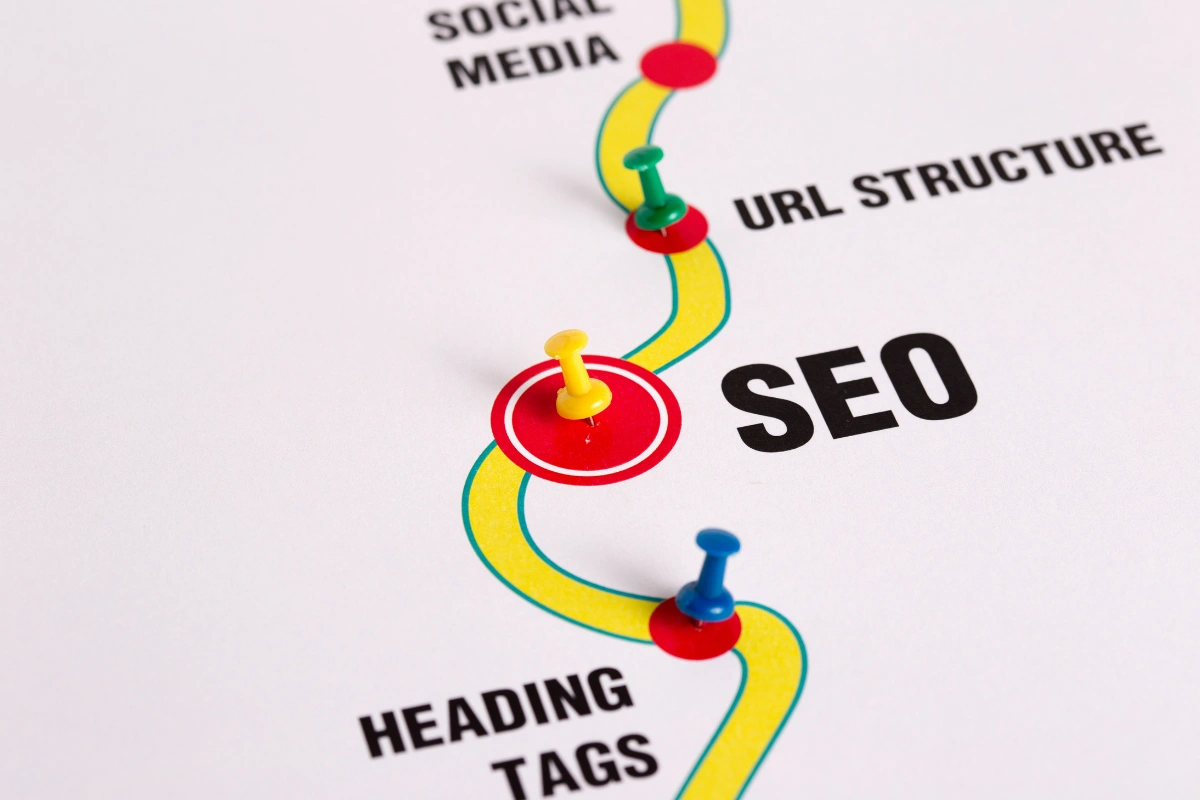Web design has evolved dramatically since the early days of the internet, reflecting changes in technology, user behavior, and design trends. What started as simple, text-heavy pages has transformed into dynamic, visually rich, and interactive experiences. As we look at the history of web design, we can also glimpse where the future of this ever-evolving industry is headed. Let’s explore the milestones of web design and what the future holds for the industry, especially for web design companies like Mobiz International (Pvt) Ltd, a leading name in Sri Lanka’s web development landscape.
The Early Days: 1990s and the Rise of the Internet
The web design journey began in the early 1990s when Tim Berners-Lee, the inventor of the World Wide Web, created the first website in 1991. Back then, websites were purely text-based, with no images, styling, or advanced functionality. Pages were simple, linear, and navigated via hyperlinks. The design focus was entirely on delivering information in the most straightforward way possible.
As the internet grew, so did the need for more visually appealing websites. In 1993, the first image was added to a website, marking the beginning of multimedia content on the web. By 1994, the introduction of HTML tables enabled more complex layouts, leading to the early stages of web design as we know it. Websites were still basic but began incorporating images, lists, and primitive design elements.
The 2000s: The Birth of Web 2.0
The 2000s saw the rise of Web 2.0, a term used to describe the shift from static websites to interactive and user-generated content. This period brought a new wave of design possibilities, driven by advancements in CSS (Cascading Style Sheets) and JavaScript, allowing for better control over layouts, typography, and design consistency across web pages.
This era also witnessed the birth of Flash, which allowed designers to create animations and highly interactive websites. Flash was particularly popular in the early 2000s, offering a way to make websites more visually dynamic. However, as web development in Sri Lanka and worldwide matured, Flash’s limitations, such as slow loading times and lack of mobile compatibility, eventually led to its decline.
The mid-2000s also marked the rise of content management systems (CMS) like WordPress, Joomla, and Drupal, making it easier for non-technical users to create and manage websites. Web designers started focusing more on aesthetics and user experience, incorporating better navigation, visual design, and improved user interaction.
The Mobile Revolution: 2010s and the Importance of Responsive Design
The rise of smartphones and tablets in the 2010s revolutionized web design once again. The need for websites to function seamlessly across a variety of devices led to the development of responsive web design. This approach allowed websites to adapt their layout depending on the screen size, ensuring that users could easily navigate and interact with sites, regardless of their device.
Responsive design was a game-changer, especially as mobile traffic began to surpass desktop usage. At Mobiz International, we embraced this shift early on, offering clients responsive web design solutions that ensured their sites performed well across all platforms.
During this time, minimalist design became more prominent, with trends such as flat design, card layouts, and parallax scrolling dominating the web design landscape. These trends aimed to enhance user experience by focusing on clarity, simplicity, and intuitive interfaces.

Campbell Town Family Medical Clinic - Australia
Campbell Town Family Medical Clinic in Australia chose Mobiz International for the design and development of their new website in Adelaide, Australia. 🌐🏥 #HealthcareInnovation #WebDesign #ClientSuccess
The Present: Modern Web Design and User Experience
Today, web design is a sophisticated mix of creativity, technology, and psychology. Designers focus heavily on user experience (UX) and user interface (UI) design, ensuring websites are not only visually appealing but also functional, accessible, and user-friendly. The modern web is dominated by design elements such as micro-interactions, motion graphics, and interactive storytelling.
Website speed, accessibility, and SEO optimization have also become critical components of web design. Google’s Core Web Vitals, introduced in 2021, emphasize performance, interactivity, and visual stability, pushing designers to create websites that load quickly and provide a smooth user experience. These considerations are essential for ranking well on search engines and keeping visitors engaged.
Moreover, the shift toward mobile-first design—the practice of designing the mobile version of a website before the desktop version—reflects the changing ways users consume content online. At Mobiz International, we ensure that all of our designs are optimized for mobile performance, knowing that a significant portion of web traffic comes from mobile devices in Sri Lanka.
The Future: What Lies Ahead for Web Design?
Looking to the future, web design will continue to evolve in exciting and innovative ways. Some trends to watch for include:
- Artificial Intelligence (AI) and Automation
AI is set to revolutionize web design by automating many aspects of the process. Tools like AI-driven web design platforms and chatbots are becoming more common, allowing businesses to create personalized and dynamic websites with minimal manual input. For instance, AI can help designers create responsive layouts, enhance user personalization, and automate repetitive tasks like A/B testing.
- Voice User Interface (VUI)
With the growing popularity of voice-activated devices like Siri, Alexa, and Google Assistant, web design will need to adapt to voice search and voice-controlled navigation. Designers will need to consider how websites can cater to users who interact through voice commands rather than traditional text-based inputs.
- Augmented Reality (AR) and Virtual Reality (VR)
AR and VR have immense potential in the future of web design, particularly for eCommerce, real estate, and tourism websites. Imagine allowing users to virtually try on clothes or explore a virtual tour of a property. Integrating these technologies into websites will elevate user engagement to new heights.
- Sustainability in Web Design
As environmental concerns grow, there’s an increasing focus on sustainable web design. This approach seeks to reduce a website’s carbon footprint by optimizing code, reducing file sizes, and improving energy efficiency during server requests.
- 5G and Hyper-fast Connectivity
With the rollout of 5G technology, web designers will have the bandwidth to create even more immersive experiences. Faster connectivity will enable more complex and media-rich websites to load instantaneously, pushing the boundaries of interactive design.
Conclusion
The history of web design is a fascinating journey from the basic text-based websites of the 1990s to today’s sleek, interactive, and mobile-optimized designs. As we look ahead, the future promises even more innovation with the rise of AI, voice interfaces, and AR/VR technologies.
At Mobiz International (Pvt) Ltd, we pride ourselves on staying ahead of the curve. Our web design services in Sri Lanka are built on years of experience and a forward-thinking approach to innovation. If you’re looking to create a modern, cutting-edge website that’s ready for the future, contact us today!

MeatMart.lk - Ecommerce Web Design and Development
With the innovative website revamp and strategic SEO services provided by Mobiz International, Meatmart.lk has not only transformed its online presence but has also emerged as the undisputed leader in the burgeoning online meat market of Sri Lanka. The collaboration with Mobiz International has proven to be a game-changer, propelling Meatmart.lk to new heights of success in the digital landscape.






